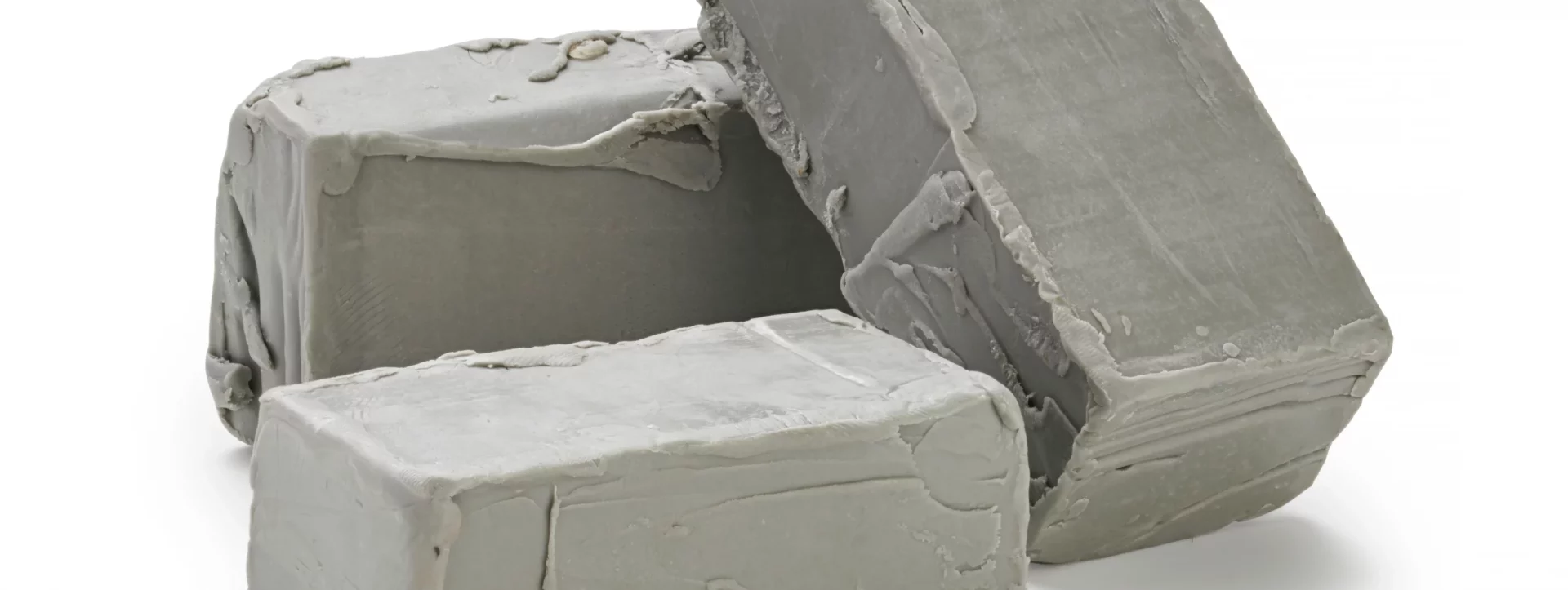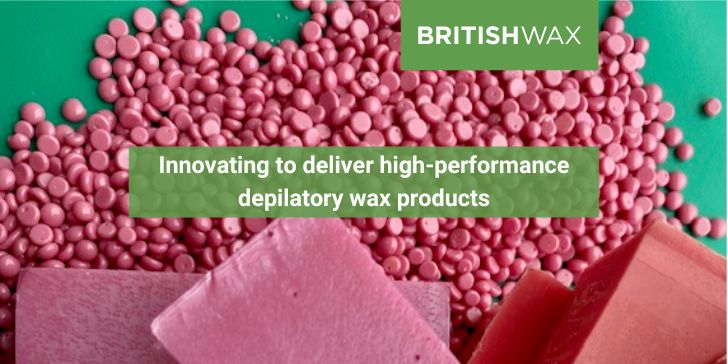Modelling Wax

Wax has been used for centuries as the perfect material for creating a huge variety of models.
Realistic, complex anatomical wax models were created for use in medical schools already in 1750.
Yet, reproducing human features with wax can be traced back to Roman times, when wax was used for creating death masks of the rich, noble and famous.
Nowadays modelling wax is used for creative and artistic purposes, as well as by arts and crafts enthusiast and professionals. Wax is appreciated for the freedom that it gives to the artist over other media like clay.
What are the pros and cons of modelling wax over clay?
The main advantage of working with modelling wax is that it changes its state according to its temperature.
Cold modelling wax is hard, rigid. It can even be carved.
Warm modelling wax is soft, pliable.
Based on the ambient temperature and the size of the block, the simple manipulation of a block of modelling wax will increase it’s pliability. Leaving the block to rest will let it cool down and harden. A modelling session can be interrupted and then restarted days later, without having dried like clay would.
Different modelling waxes will behave differently at parity of temperature. On top of different pre-made modelling waxes, the artist has the possibility to customize the hardness of the material according to the project needs and creative styles, by mixing different types of waxes as well as by using additives.
Another huge advantage of modelling wax against clay is that it can be reused almost indefinitely. If well looked after (kept clean and stored safely), modelling wax can be an ideal substrate to study, prototype, rework a concept many times. It’s also a great material for art schools and colleges, as well as universities.
Last but not least, modelling wax can be added or removed to modelling wax.
The disadvantage of modelling wax, inherently correlated to it’s advantages, is that it can’t be hardened to make your work permanent. Yet, using unfilled modelling wax allows artists to produce intricate, detailed, metal casting sculptures.
What’s the difference between filled and unfilled modelling wax?
Filled modelling wax is normal wax that has been blended with a filler.
The ideal modelling wax must be pliable and workable at room temperature.
It must allow to add or remove material to the sculpture, to easily change or fix a broken detail. Yet, pure unfilled wax tends to be brittle. It can flake and crack, and it can’t be easily put be back together.
To increase its pliability and workability, normal unfilled wax is mixed with inert materials like calcium carbonate powder. This changes the chemical structure of the wax and subsequently the behavior of the wax. Filled wax behaves more like Plasticine or clay rather than a crystal.
Yet, filled wax comes with a trade off. It can’t be used with the lost wax casting method.
Modelling wax and lost wax casting / bronze casting.
Lost wax casting (also called “investment casting”, “precision casting”, or “cire perdue”) has been used for thousands of years. The ability of creating a detailed wax model that is then reproduced in metal (typically silver, gold, brass or bronze) made this technique popular with artists and goldsmiths around the world.
In the lost wax casting process, the wax sculpture is covered in materials like latex or rubber. This creates a negative mould of the sculpture to reproduce. The molten metal is then poured though a hole in the mould and when entering in contact with the wax it immediately melts it. The wax flows out of the mould, substituted by the metal, and is “lost”.
A multitude of artists work with this technique, and with our products. We have the honor and permission to say that Rachel Carter, Eleanor Crook, Kate Woodlock, use our waxes, but many more do.
Back to our topic, filled wax cannot be used with the lost wax casting technique. As the inert material mixed with the filled modelling wax doesn’t melt, it would leave traces in the mould and ruin the finished metal cast.
Should I use filled or unfilled modelling wax?
To study and practice wax modelling, use filled modelling wax. It’s a great substitute of clay. Chose the hardness you want based on the level of detail you want to reproduce and the temperature you will be working at.
To cast your work in metal, use unfilled modelling wax. Similarly to unfilled wax, different hardness will behave differently.
If you want to learn more about Modelling Wax, don’t miss this interesting article by David Neat https://davidneat.wordpress.com/materials/modelling/modelling-wax/ and this interesting article by Eleanor Crook https://eleanorcrook.net/sculptors/.
Other interesting artistic used of wax include Batik, Encaustic painting (also known as hot wax painting), and Figure casting wax (the type of modelling done by wax museums).
Recent posts

Developments in depilatory wax formulations usually aim to improve their effectiveness, reduce pain, minimise irritation, and enhance the overall customer experience.At British Wax, we are…

One aspect to consider in the sustainability of a wax is its end of life or the ‘grave’ in the ‘Cradle-to-Grave’ Life Cycle Assessments. Sometimes…

United Nations #worldbeeday #foodsecurity #climatechange #zerohunger Human activities pose an increasing threat to bees and other pollinators including hummingbirds, bats and other insects. Animal pollination…